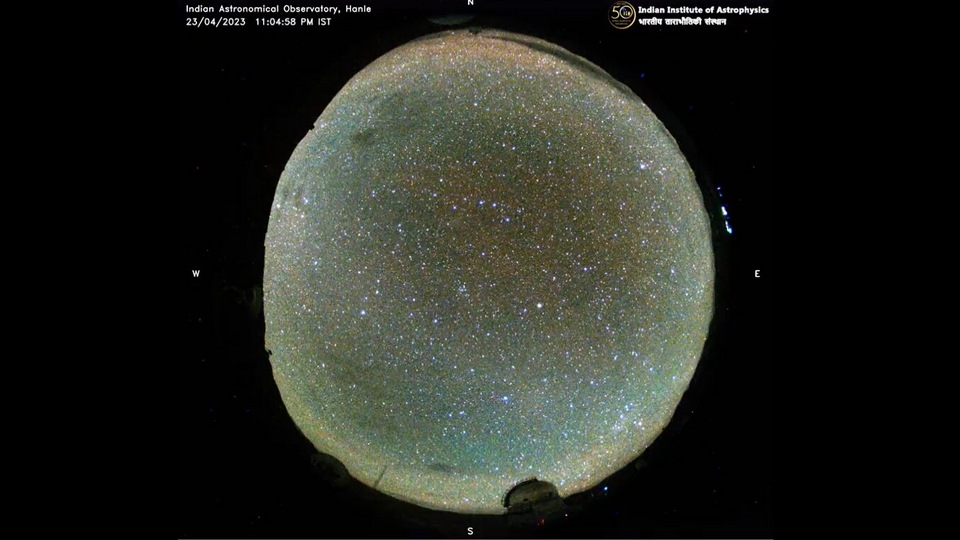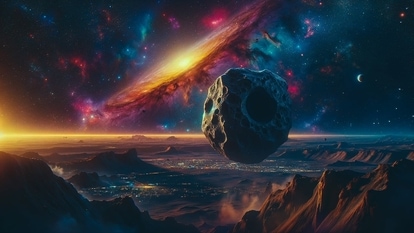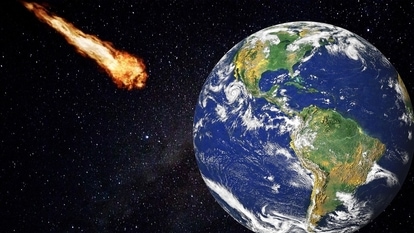Rare solar storm hits India; Ladakh witnesses aurora show - check photo
An extremely rare solar storm struck the northernmost part of India recently and the night skies of Ladakh witnessed a mesmerizing aurora display. Know all about it.






 View all Images
View all ImagesWhile solar storms are routine affairs for higher latitude regions such as northern Europe, the USA, Canada, and especially the Arctic circle, it is an extremely rare occurrence for places such as India, which are much nearer to the equator. However, on April 23, when the Earth suffered the worst solar storm of 6 years, even India fell in its geoeffective region. As a result, the night skies of Ladakh were filled with bright aurora display. Luckily, astronomers were able to capture images of this rare event to showcase the spectacular night.
The Twitter handle of the Indian Institute of Astrophysics (IIAstrophysics) under the Department of Science and Technology posted a series of tweets, along with a time-lapse video, highlighting the event. It tweeted, “#Aurora from #Ladakh! This is a time-lapse of the sky taken by a 360 deg camera at from #Hanle on 22/23 April night. You can see the aurora lights due to an intense geomagnetic storm that hit the Earth. It is extremely rare to see aurora at such a low latitude”.
It also explained the details around the solar storm that sparked the aurora show. “At 11:42 PM on 21 Apr the Sun launched a coronal mass ejection towards the Earth. This CME (speed of 500-600 km/s) was associated with an M1 class solar flare. The CME arrived at Earth late on April 23 at 10 PM. This geoeffective CME led to an excellent night for auroral activity. The aurora came to lower-than-usual latitudes overnight leading to rare sightings from Europe, China and Ladakh in India. Such a severe geomagnetic storm last occurred in 2015”.
Intense solar storm sparks aurora in Ladakh
While the event itself was a memorable one, given that India rarely ever sees any impact of a solar storm, it should not be forgotten that the April 23 event was terrifying and could have done a lot of damage to the Earth. It was a G4-class geomagnetic storm that bombarded the Earth as a result of a cannibal coronal mass ejection (CME) cloud strike. For the unaware, a cannibal CME is one which has consumed other CME clouds along its path and as a result, has turned extremely charged.
Typically, such storms can damage satellites, disrupt GPS, mobile networks, and internet connectivity, cause power grid failure, and even impact ground-based electronics. We were lucky to move out of such a storm with minimal impact to our infrastructure.
Catch all the Latest Tech News, Mobile News, Laptop News, Gaming news, Wearables News , How To News, also keep up with us on Whatsapp channel,Twitter, Facebook, Google News, and Instagram. For our latest videos, subscribe to our YouTube channel.
































